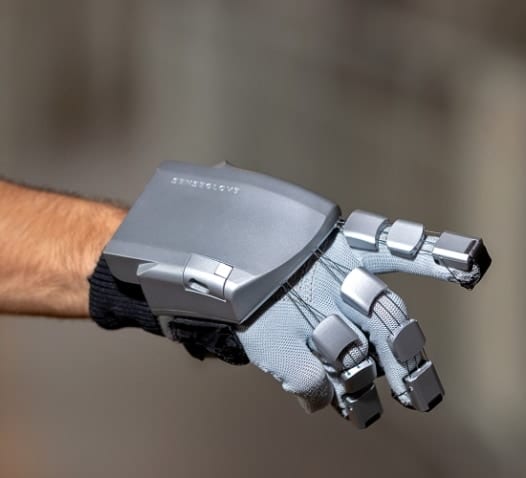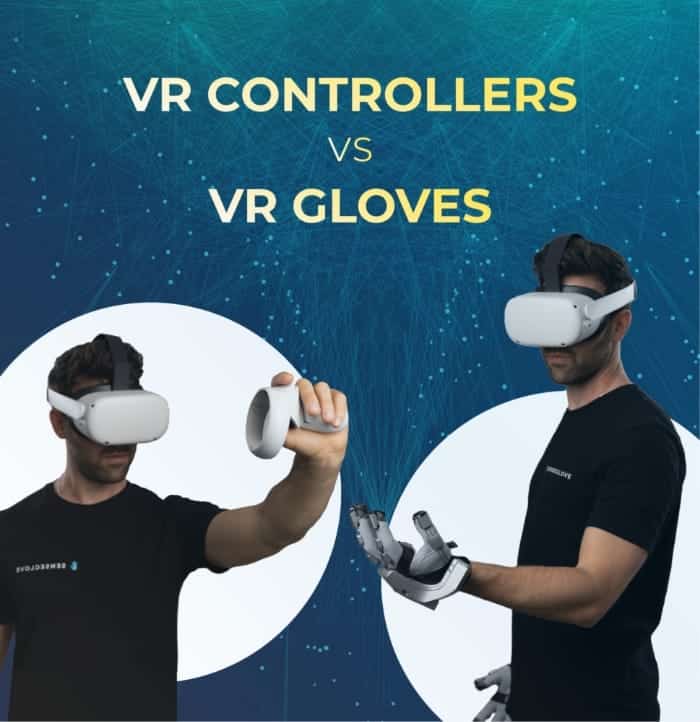How to Choose the Right Hardware for Your Virtual Interactions
Virtual reality and augmented reality have become increasingly popular in recent years, and as these technologies continue to evolve, so do the methods used to interact with them. One such method is haptic interaction, which allows users to feel feedback in response to their actions within a virtual environment. In this article, we will discuss the different types of haptic interactions and how to choose the right hardware for your needs.
Defining Haptic Interactions
Haptic interactions are a technical description of each step of your scenario with regard to your interaction system. This interaction framework will be a direct input for your interaction design within the virtual environment. Haptic interactions can be categorized as contextual, grounded, and object-manipulative.
Contextual haptic interactions happen when the environment sends haptic effects regardless of whether or not the user is interacting with the environment. Ambient effects, contextual impact, and contextual awareness are all examples of contextual haptic interactions.
Grounded haptic interactions are interactions with objects that are grounded to the environment and are not meant to move freely. Textures, clicks and dynamic controls, static interactions, and dynamic grounded interactions are all examples of grounded haptic interactions.
Object-manipulative haptic interactions are interactions with objects that are not grounded and can move on all axes in the virtual space. One-handed and two-handed object interactions, interactions with large and small objects, and passive and active object interactions are all examples of object-manipulative haptic interactions.
Choosing the Right Hardware
Once the haptic interactions have been defined, the next step is to find the right haptic technology to include in the interactions. Kinesthetic feedback and tactile feedback are the two main types of haptic feedback.
Kinesthetic feedback allows users to feel the size and density of an object. Passive kinesthetic feedback can only stop the user from moving, while active kinesthetic feedback can also move the user. Tactile feedback, on the other hand, has more types of technologies and perceptions of touch. Non-spatial tactile feedback enables the sense of textures and cues, while spatial tactile feedback provides more information about edges and shapes.
When choosing the right hardware for your needs, consider your haptic objectives. Some interactions might need higher fidelity than others to meet the haptic and business objectives. Commercially available devices within their corresponding haptic technologies include haptic gloves, exoskeletons, haptic vests, and handheld devices.
Haptic interactions offer a unique and immersive experience within virtual environments. By defining the different types of haptic interactions and choosing the right hardware, developers can create a more engaging and interactive experience for users. As technology continues to evolve, the possibilities for haptic interactions are endless, and we can expect to see more exciting developments in the future.
Get in touch with us today to discuss how you can implement haptics for your virtual training!


